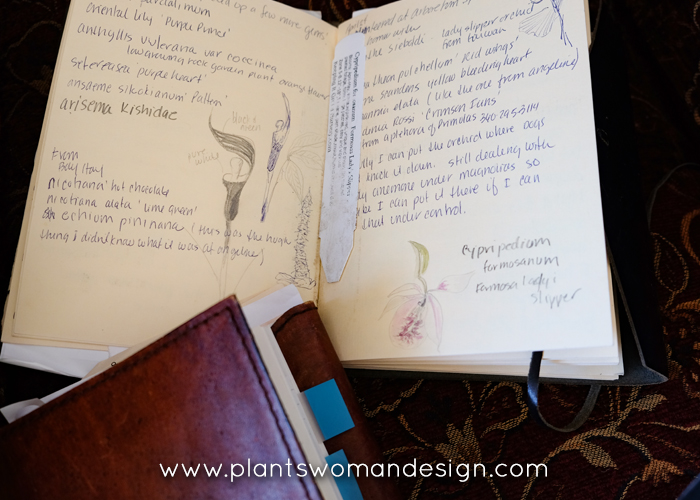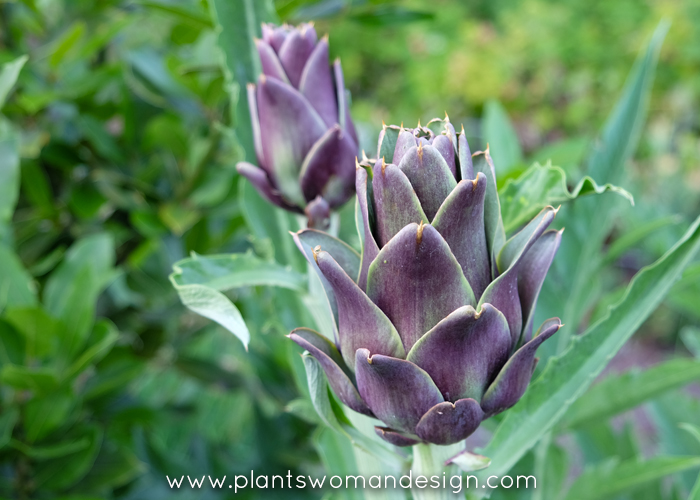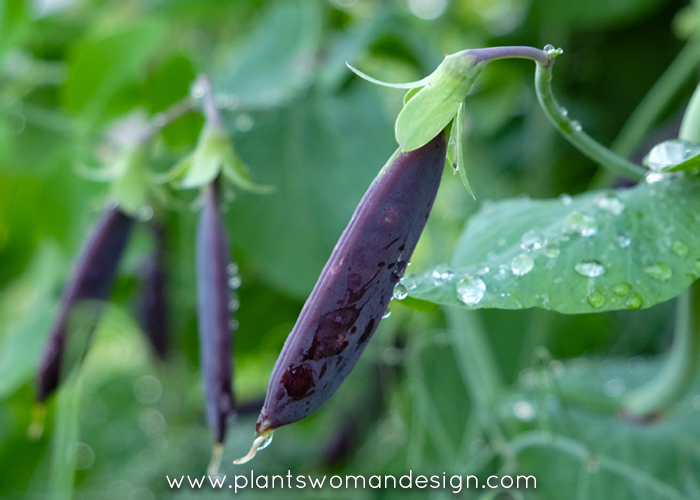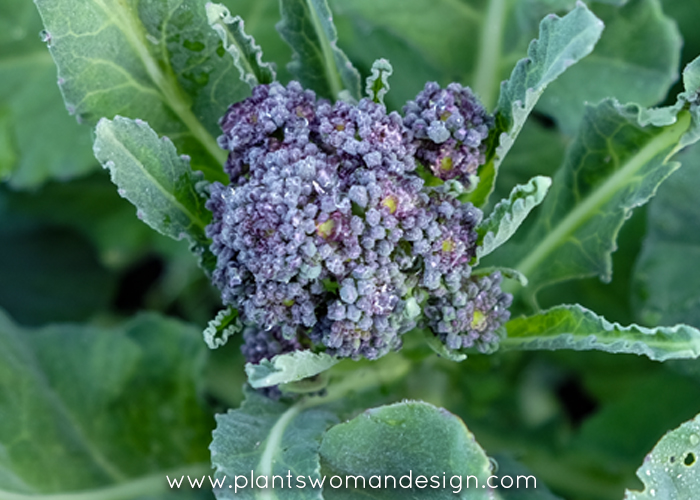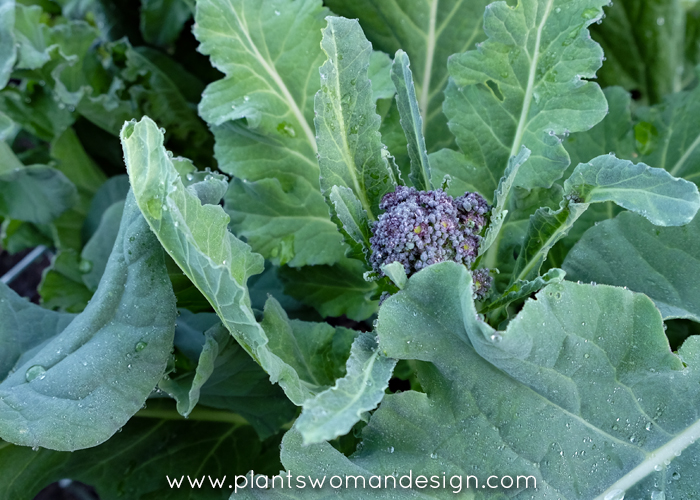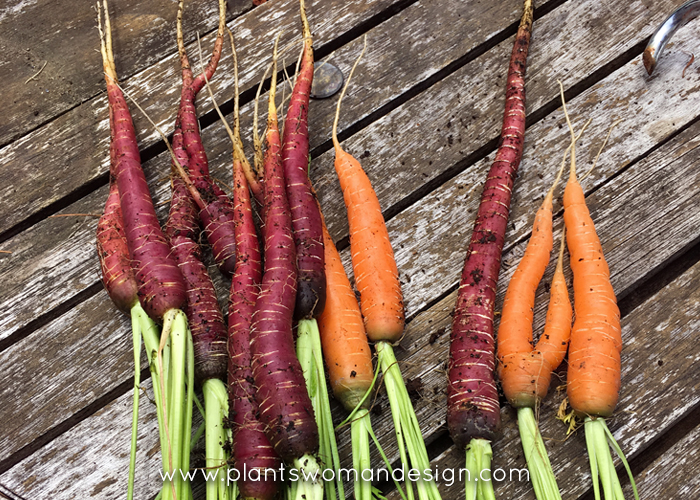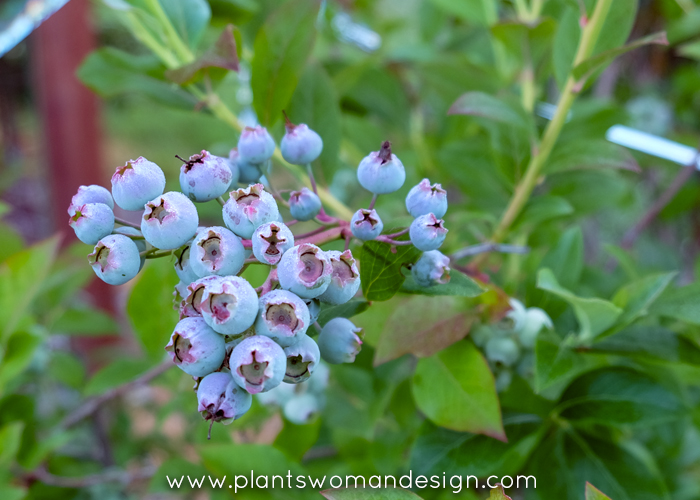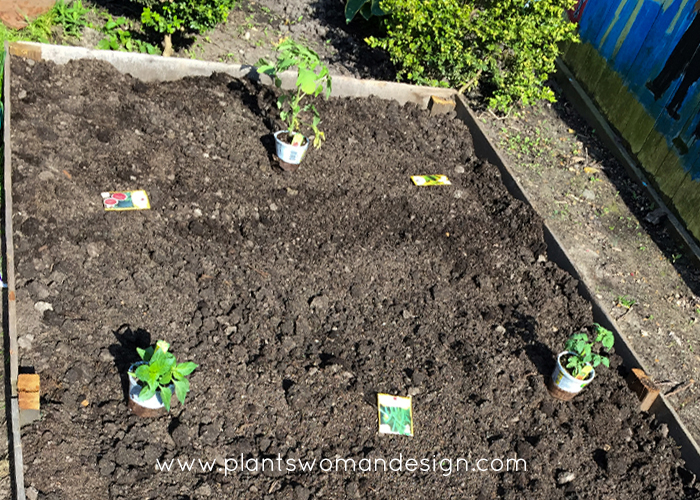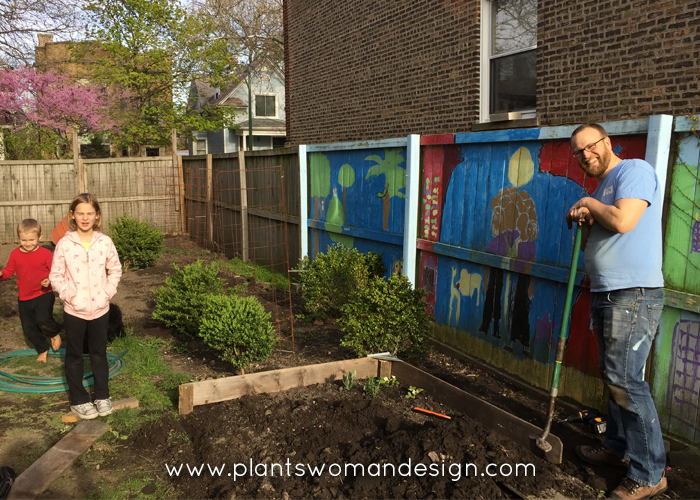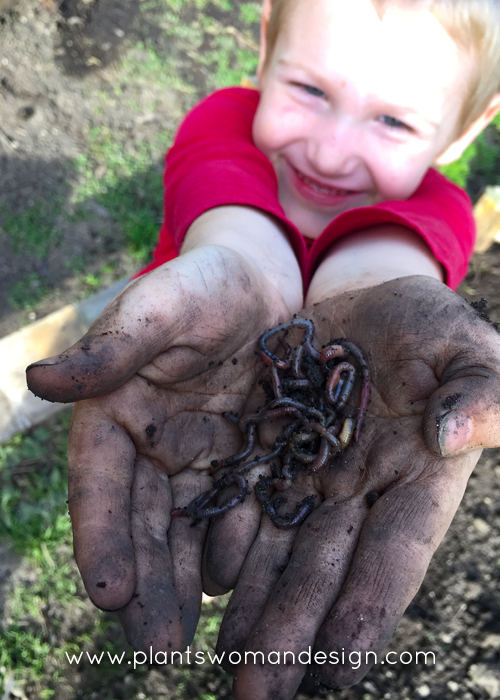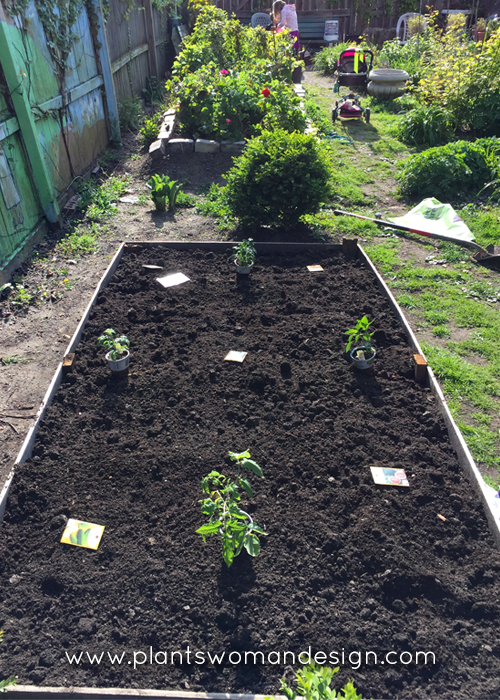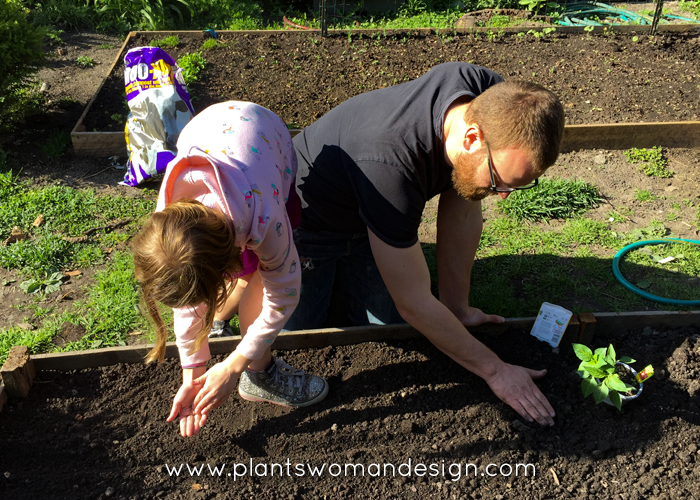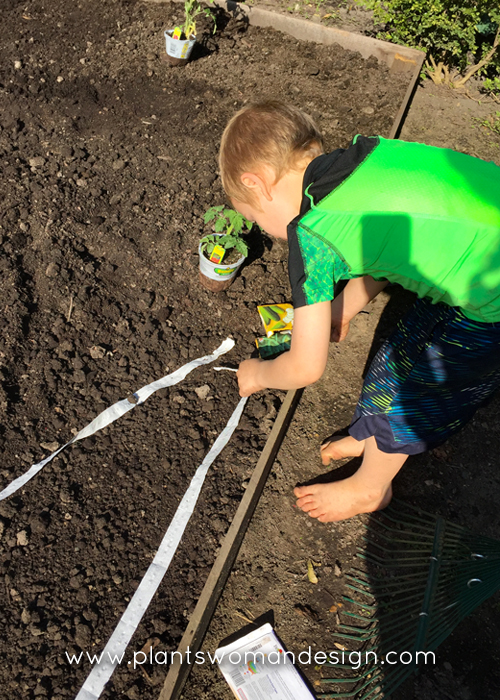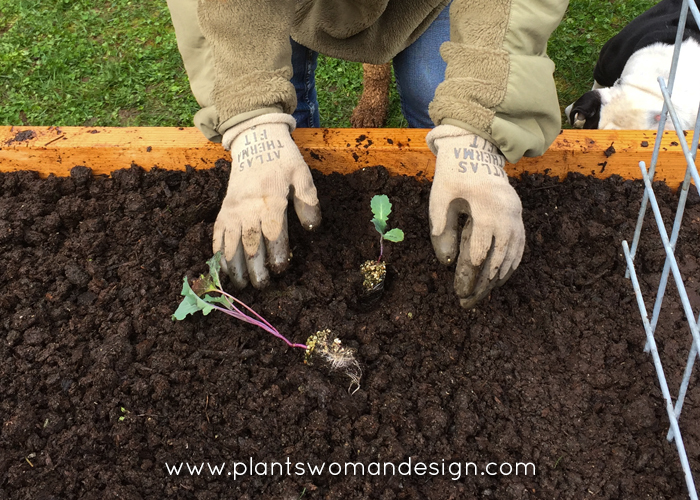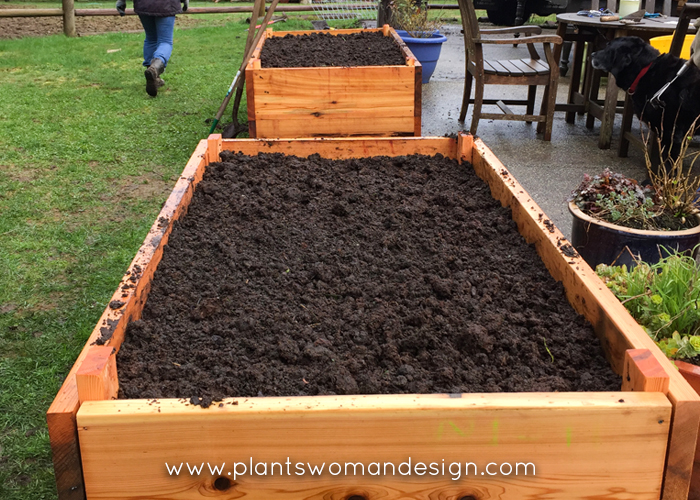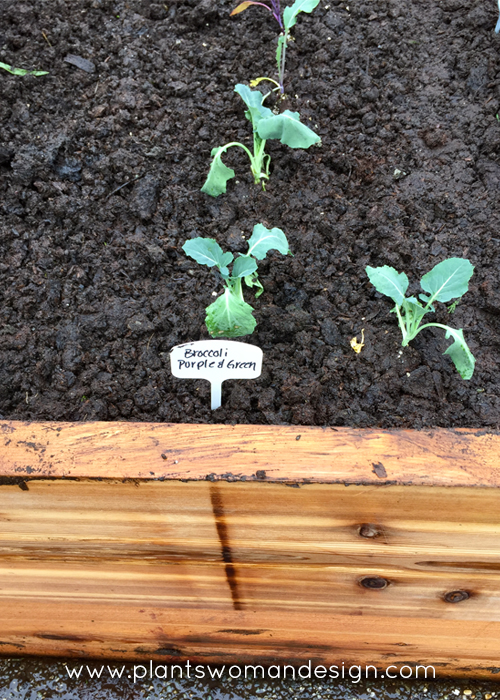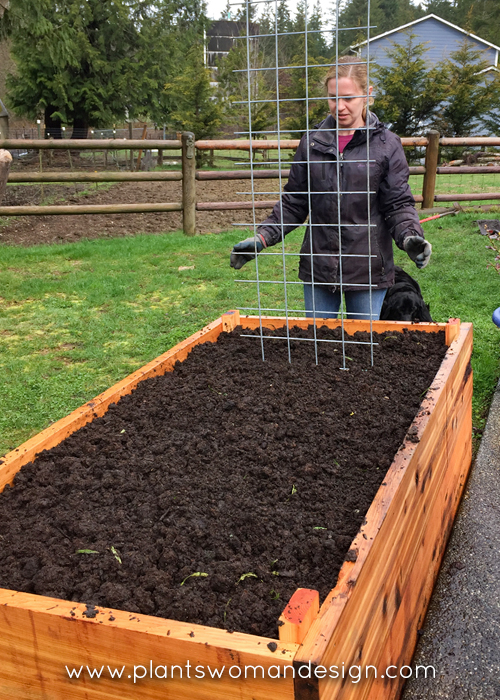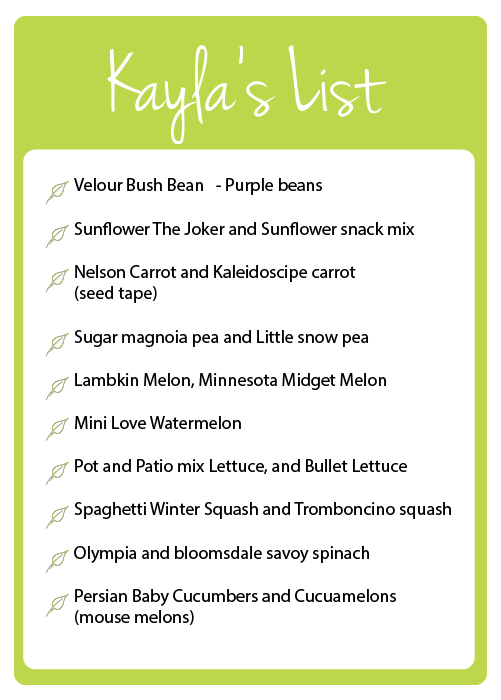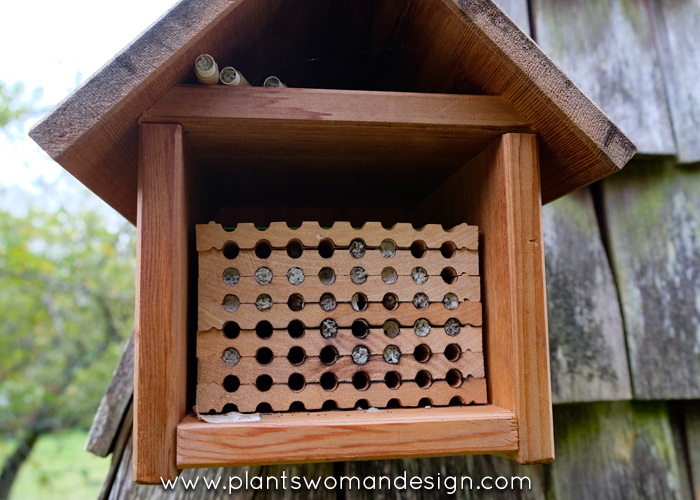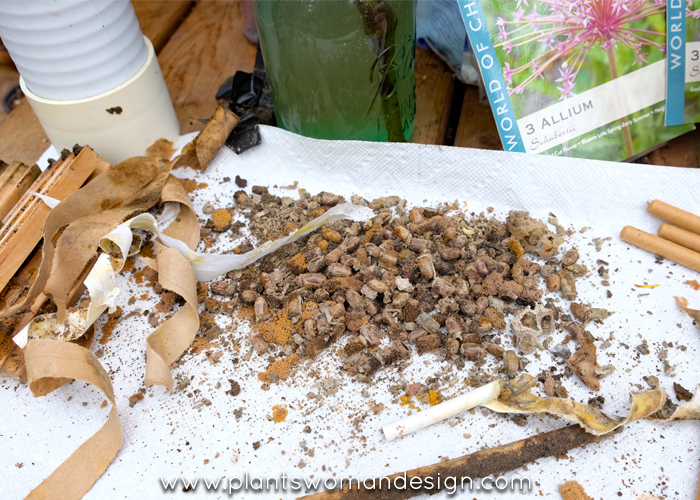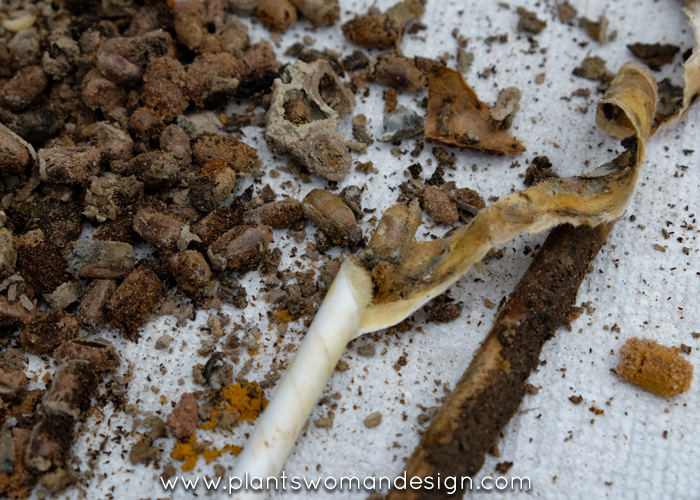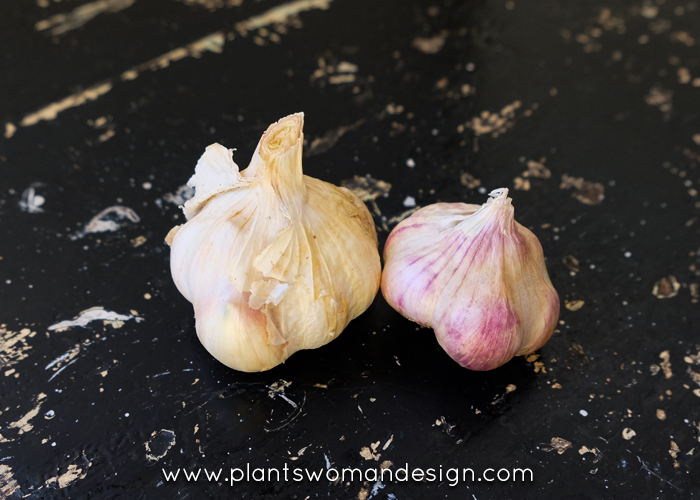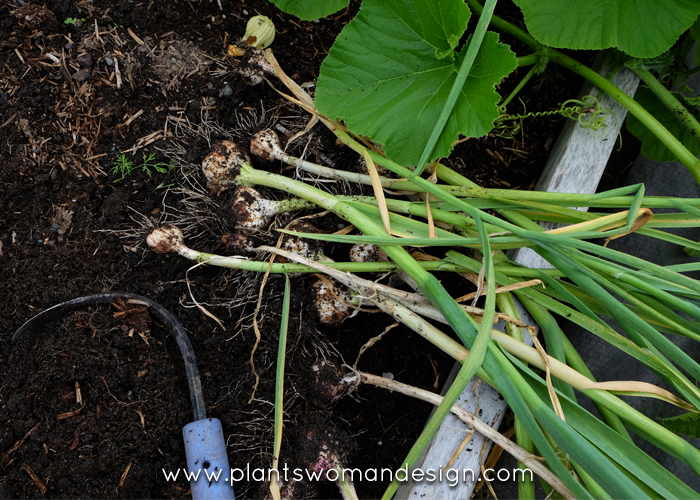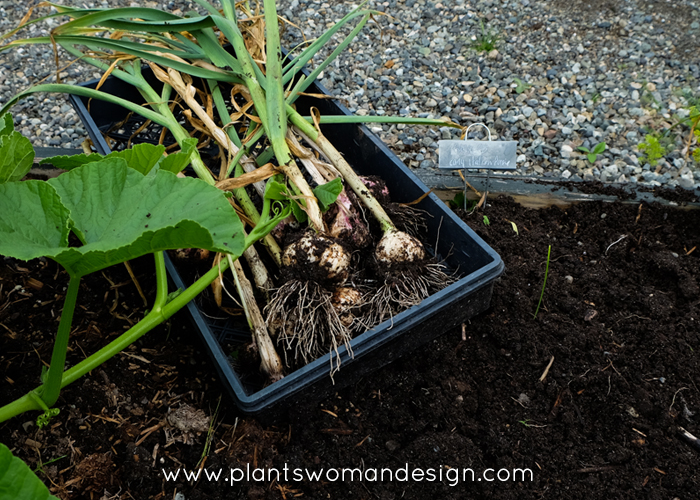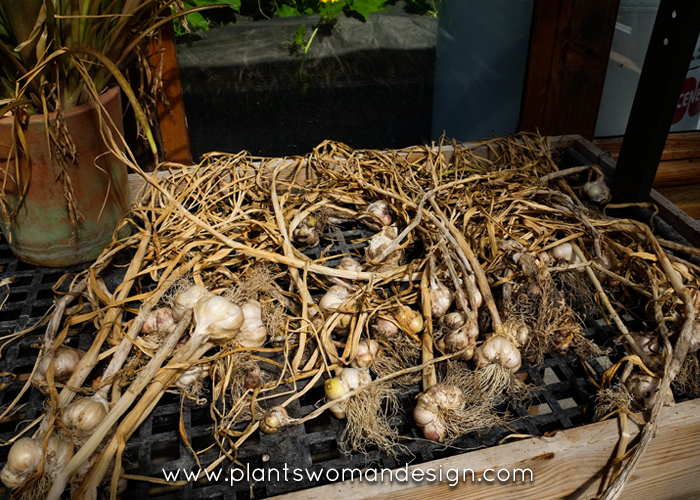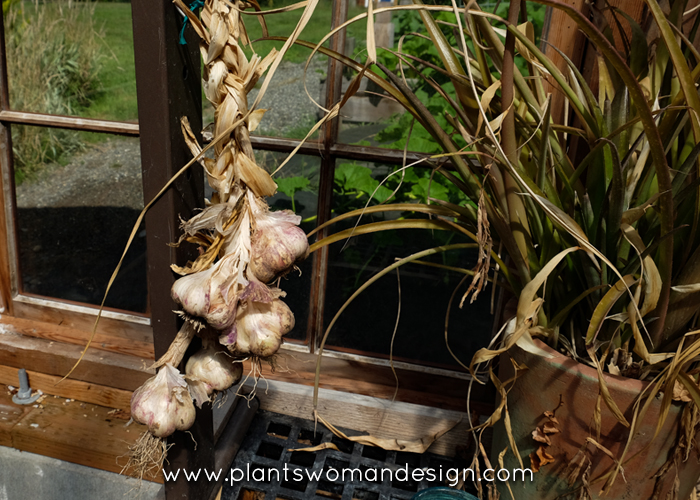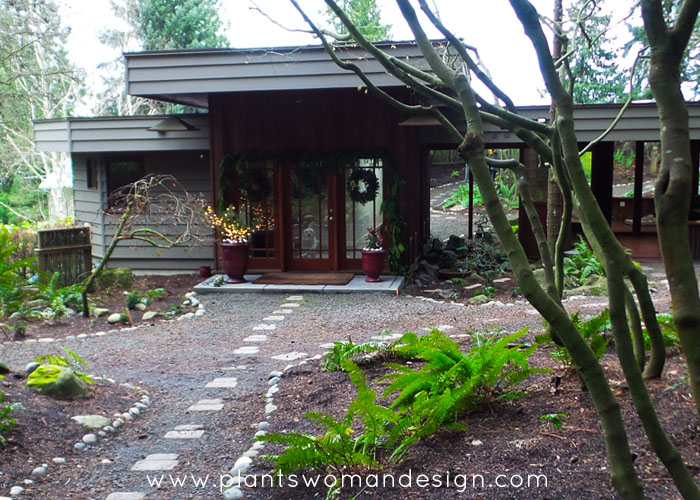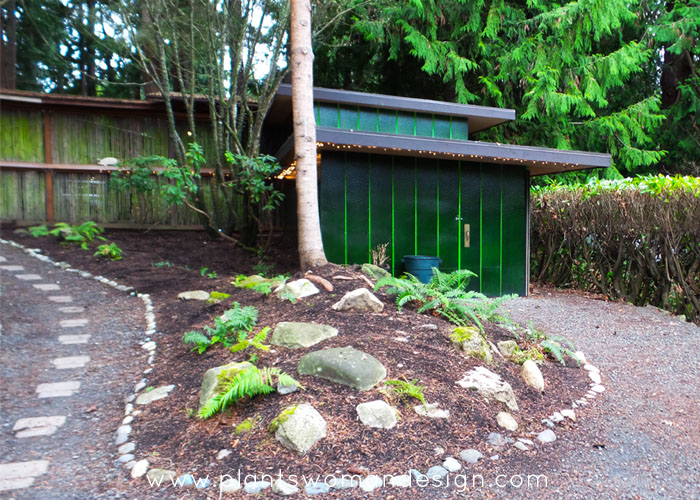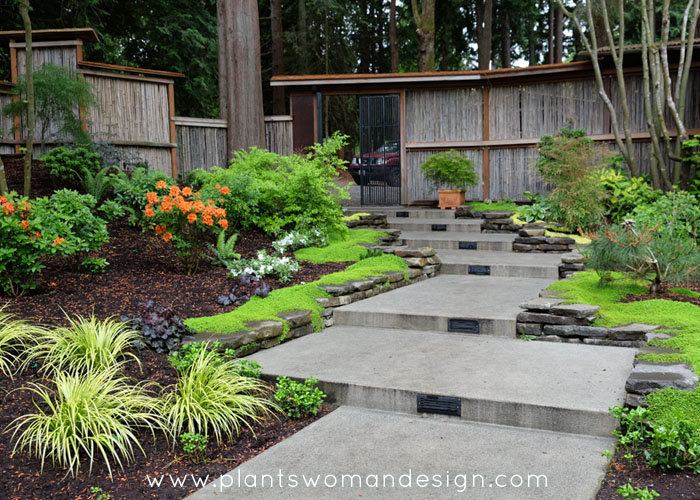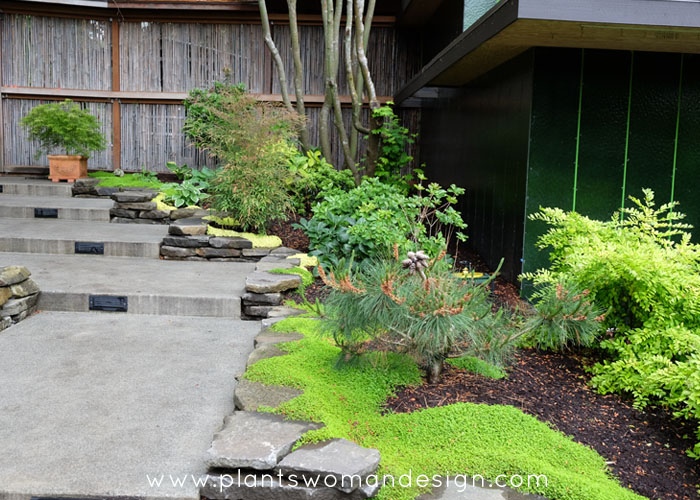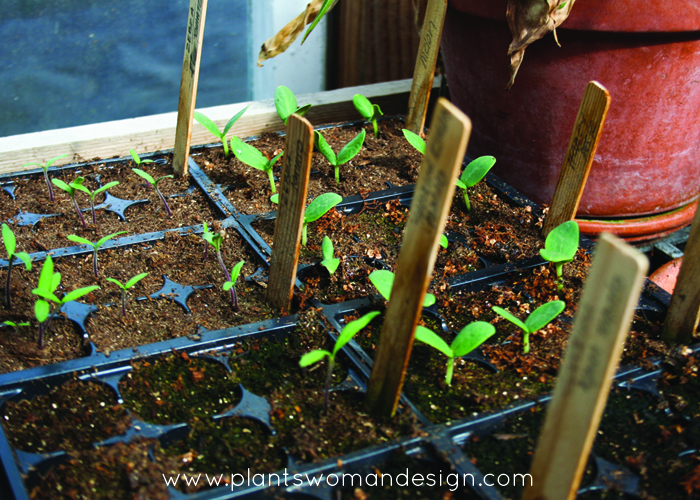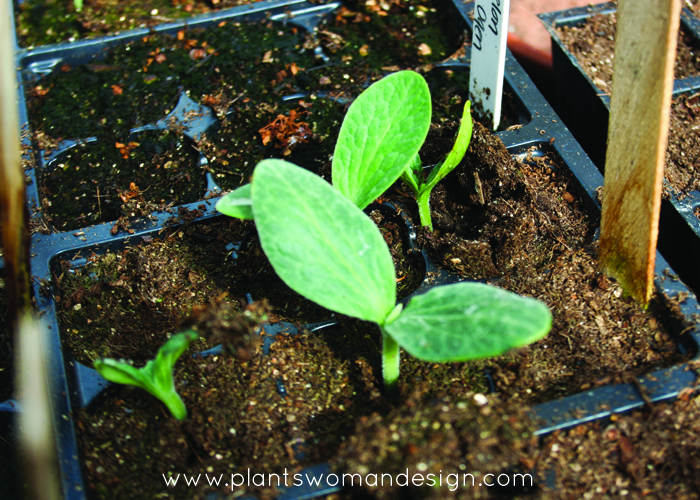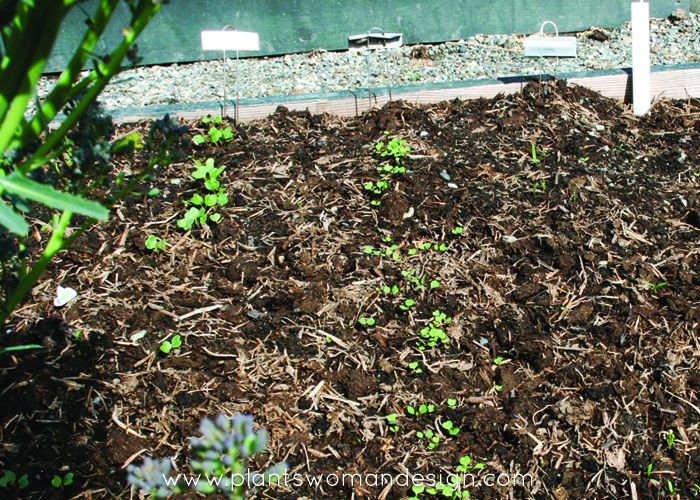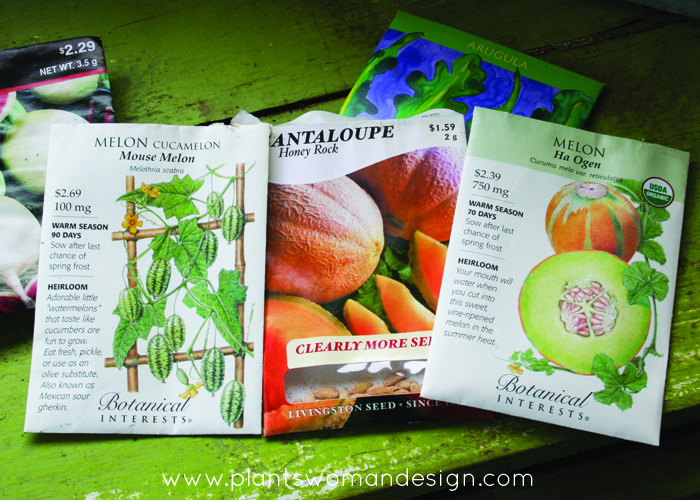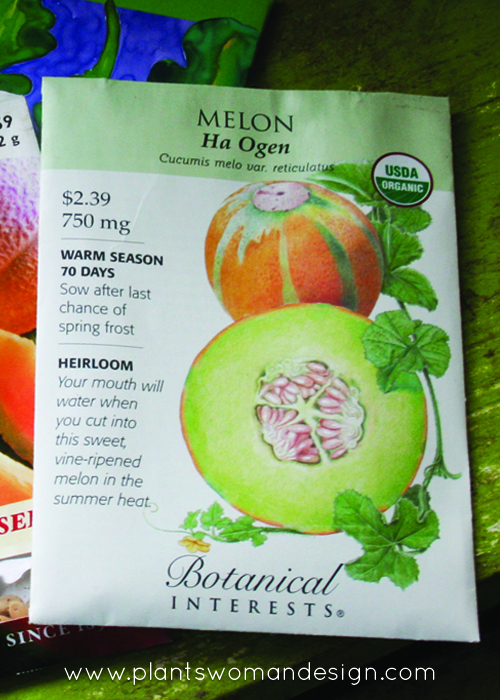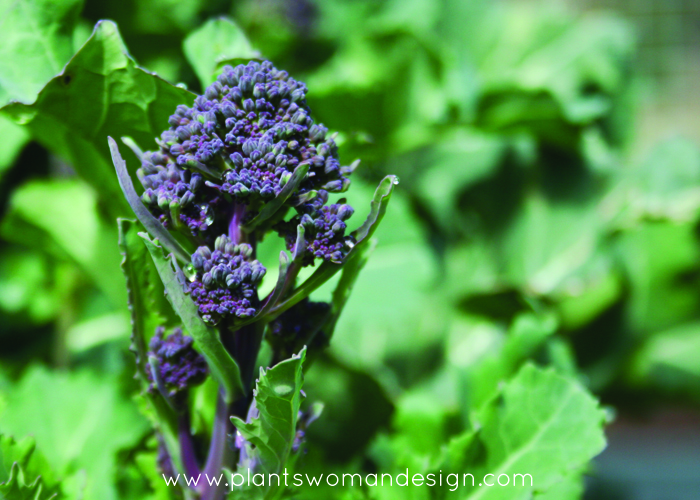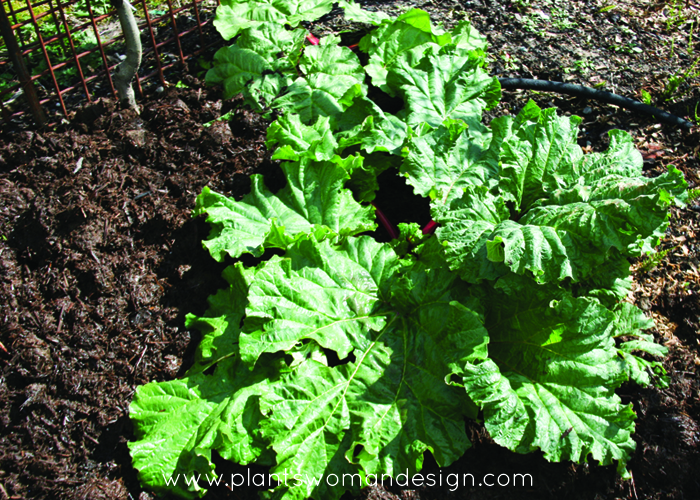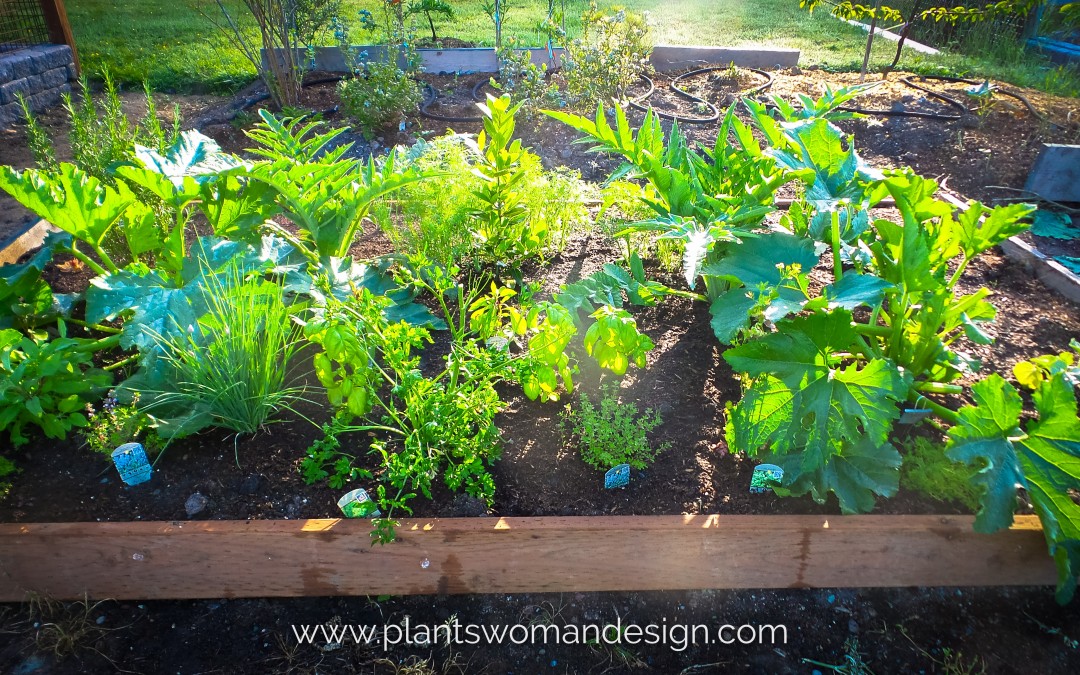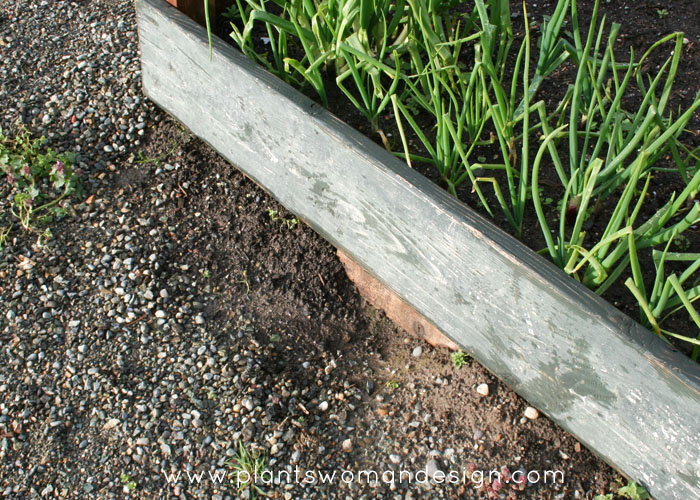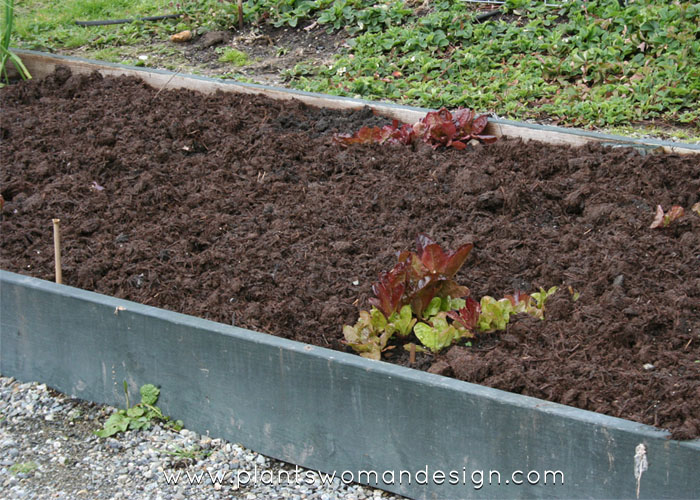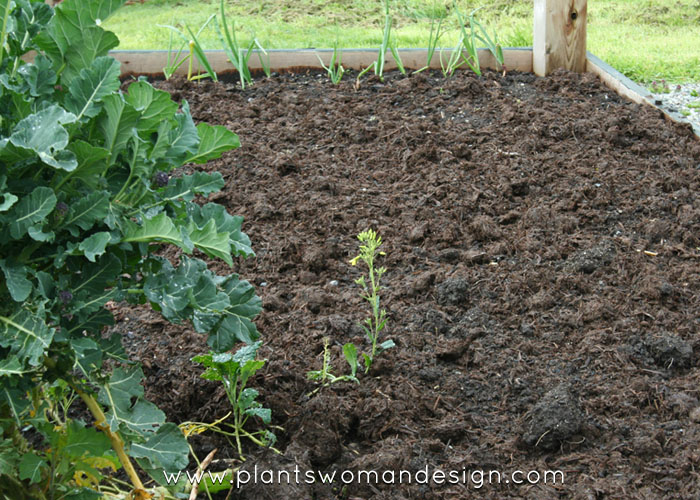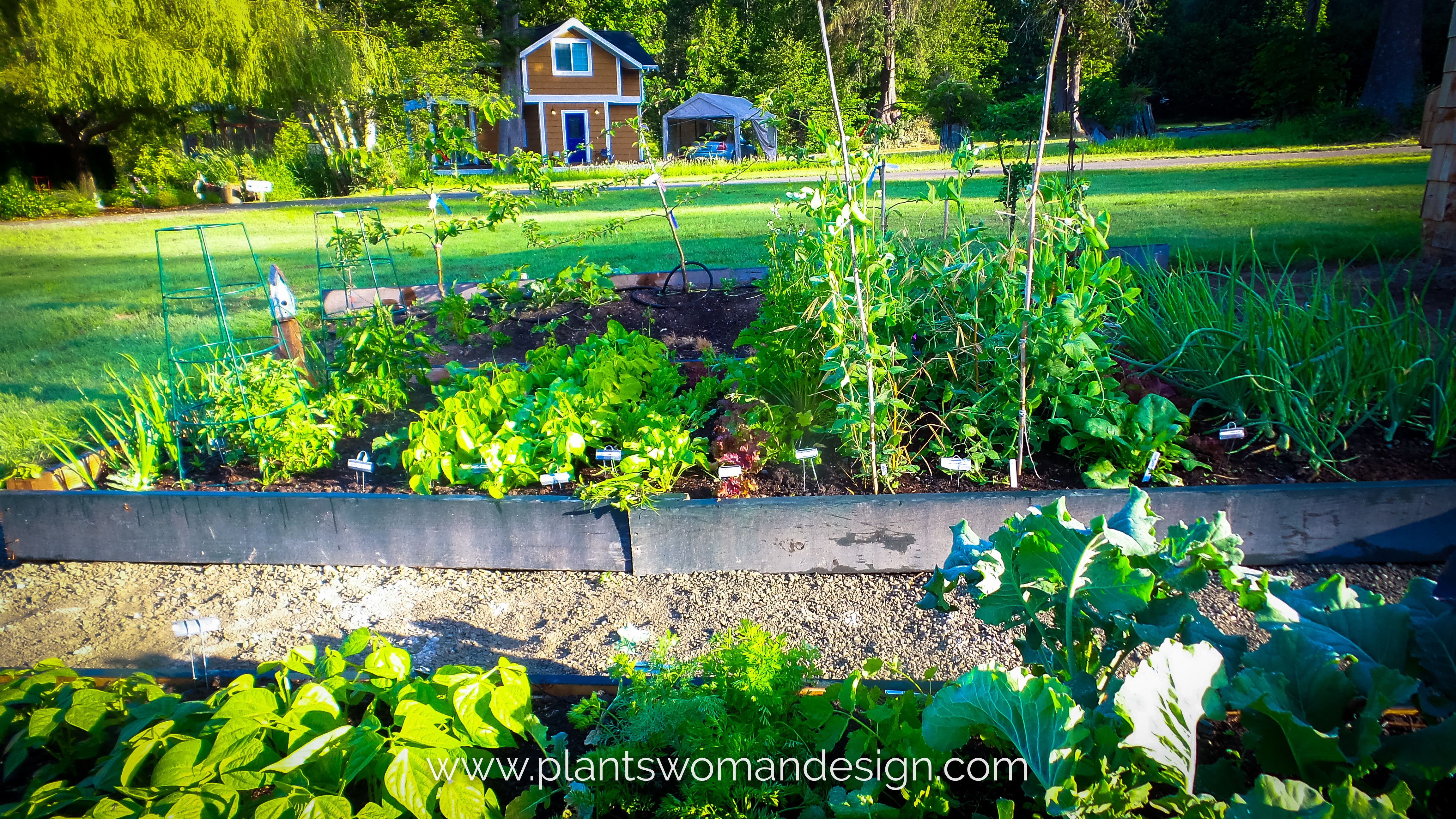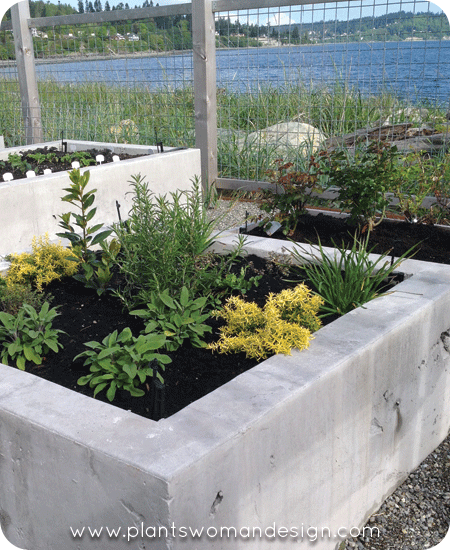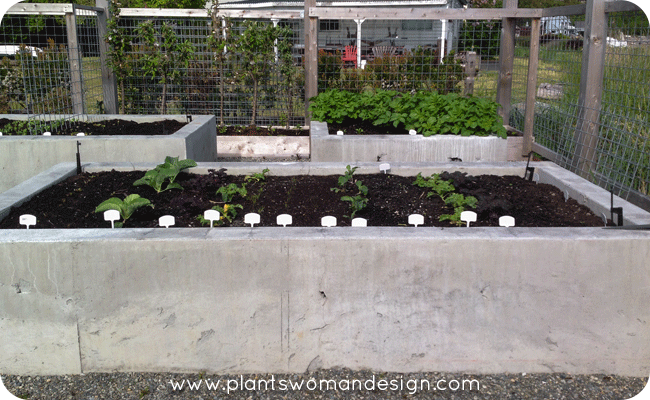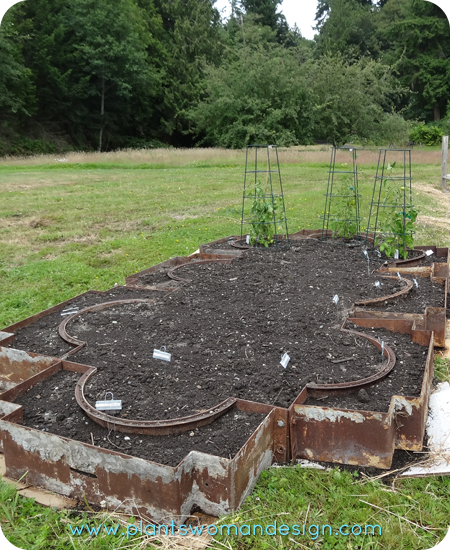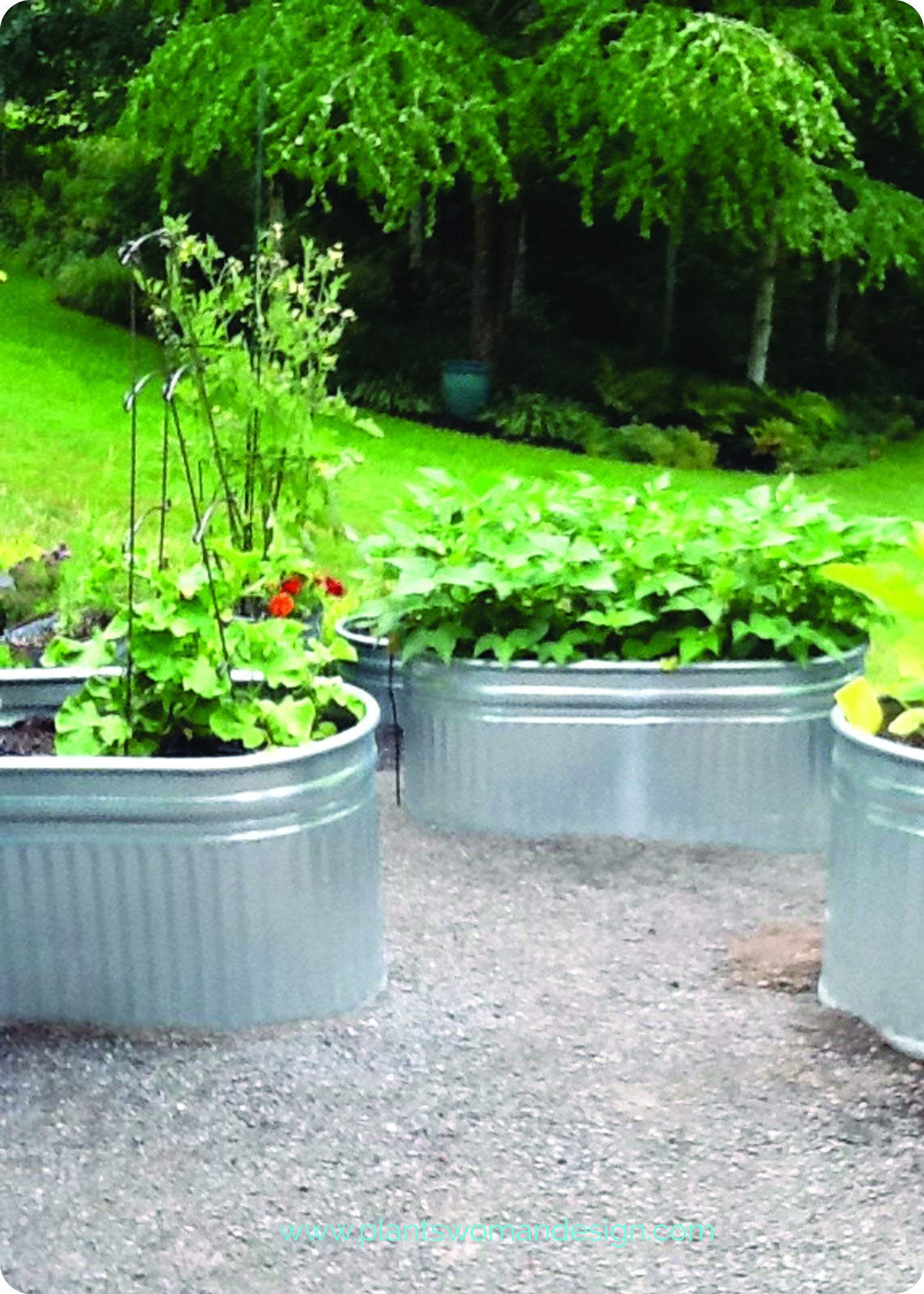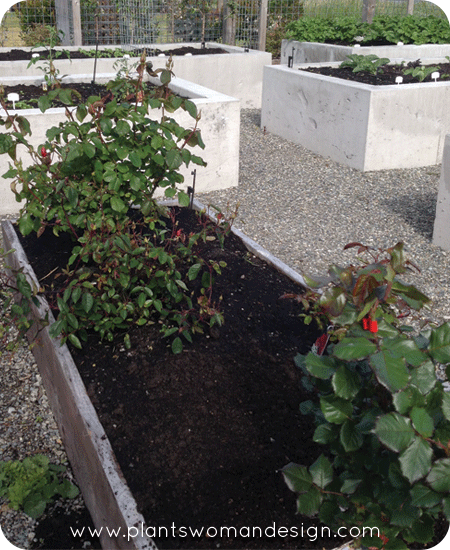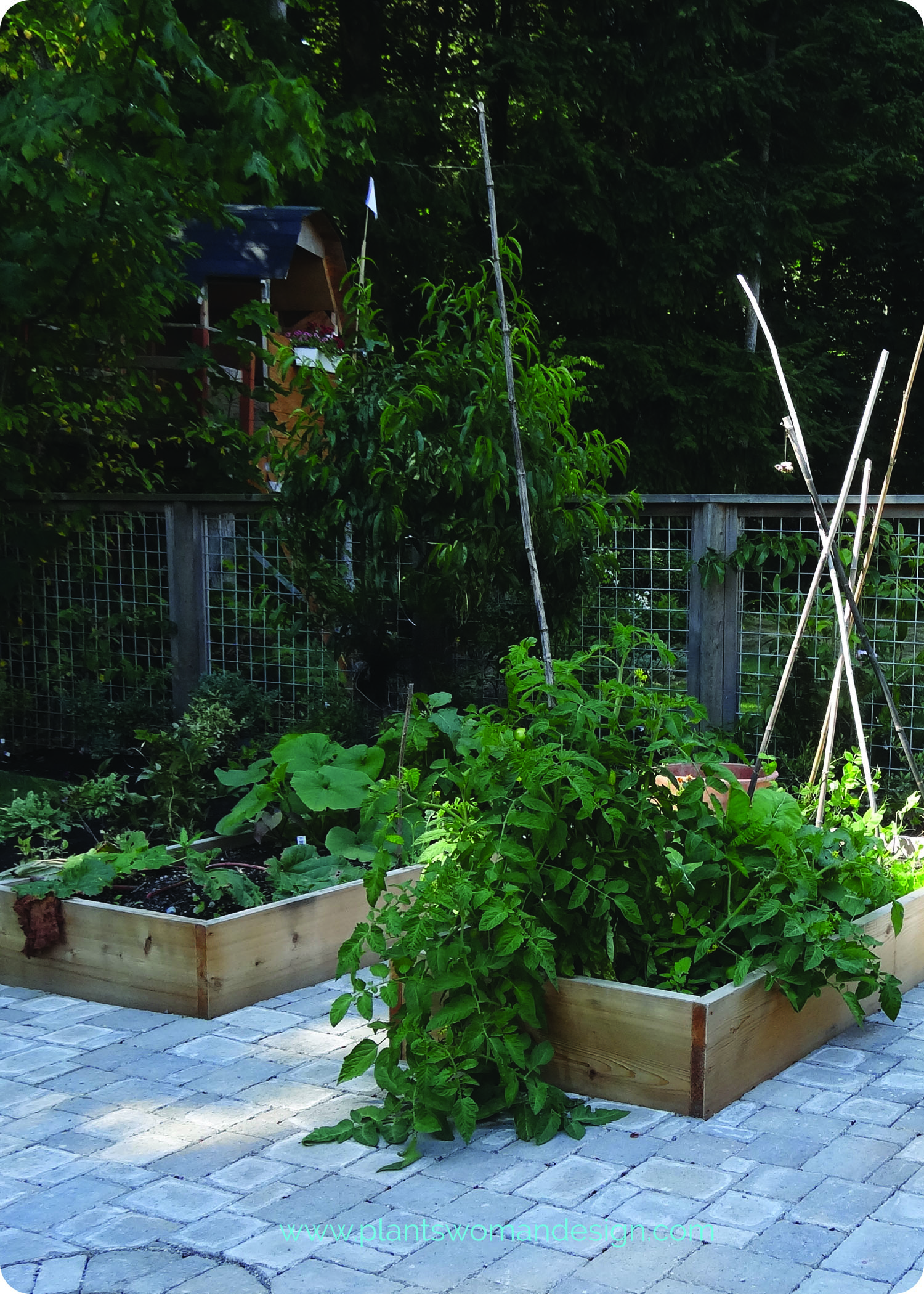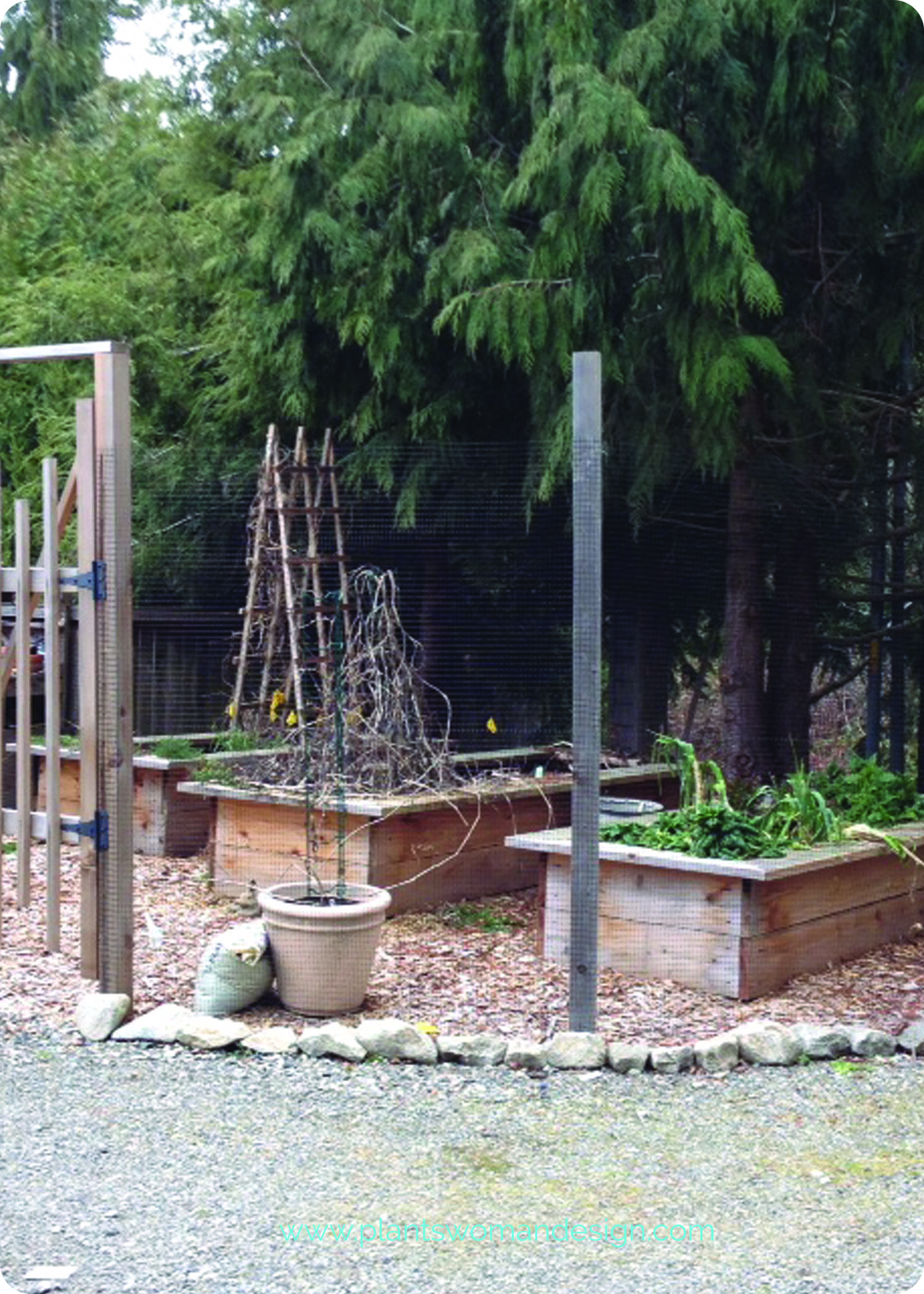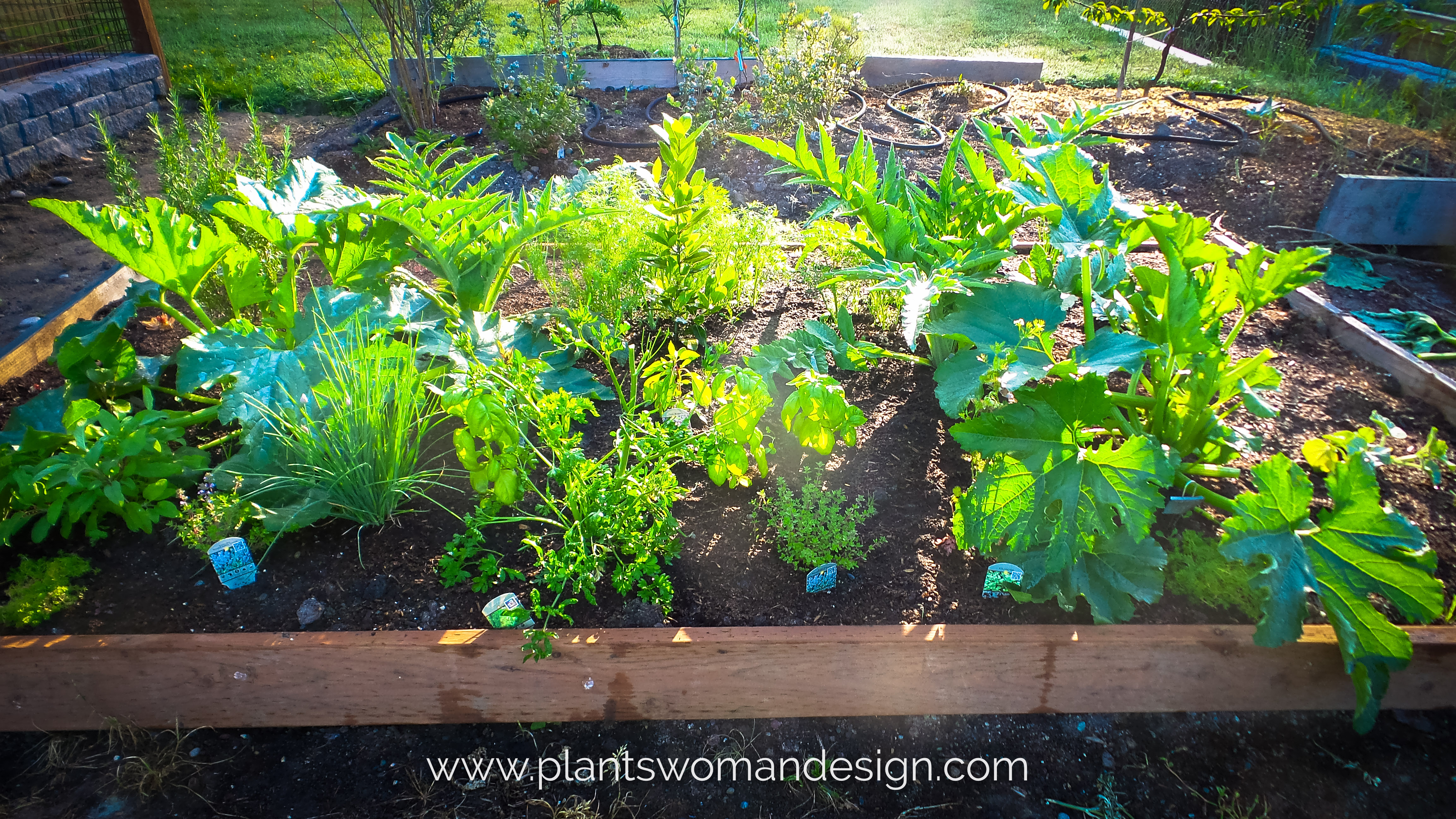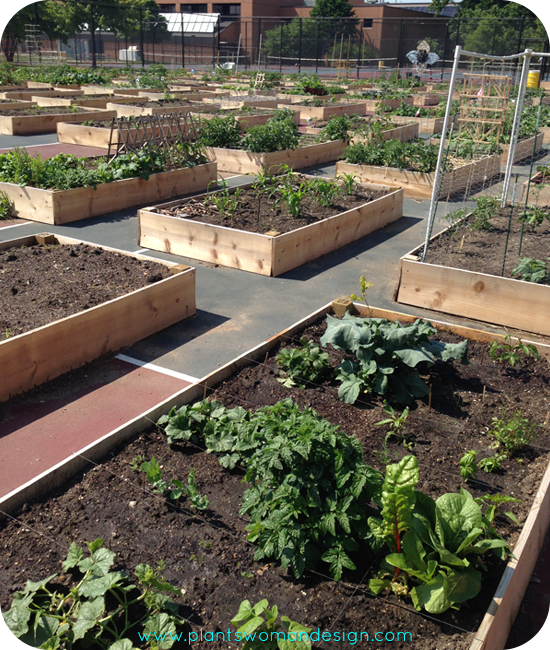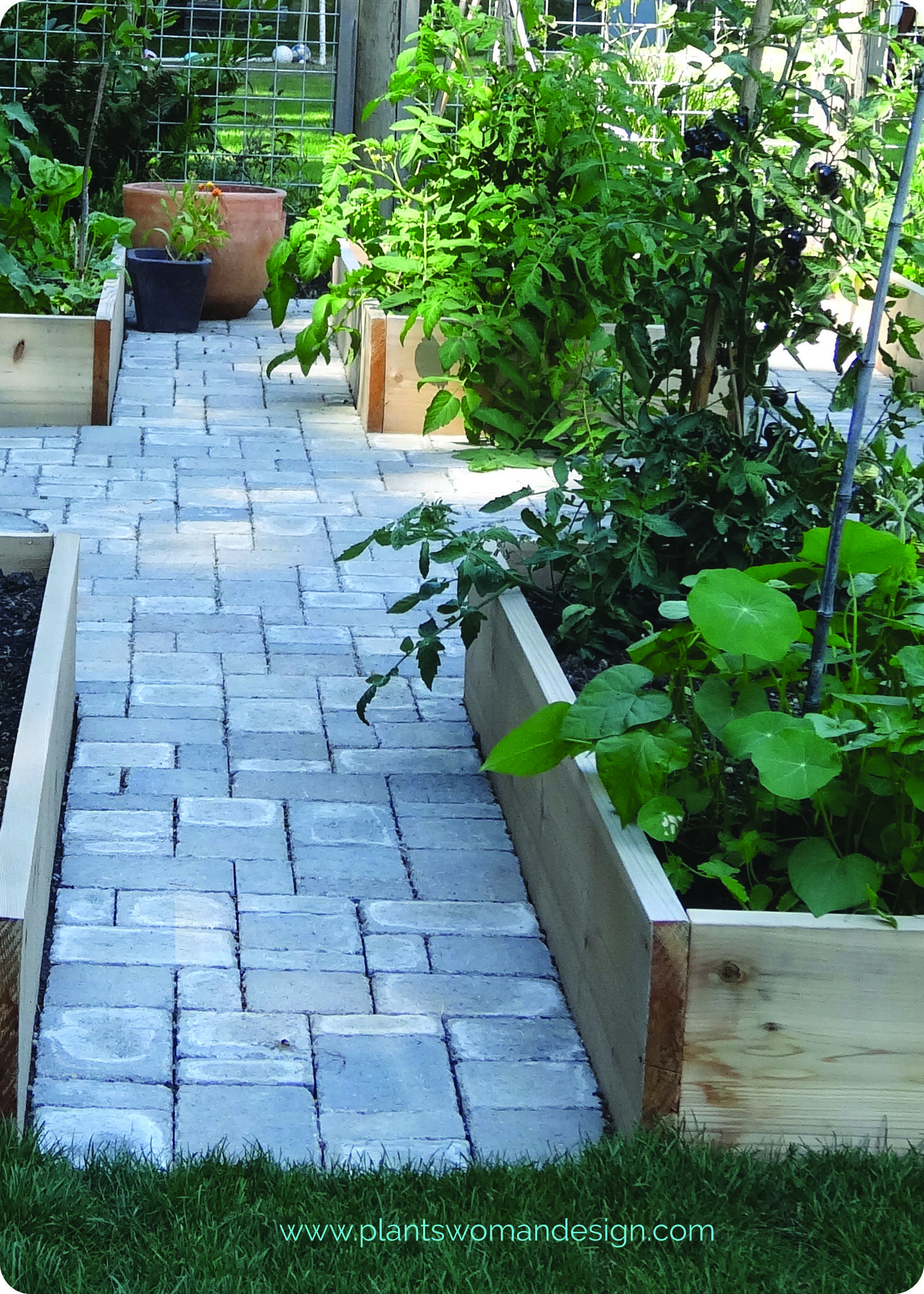There are two more purple things in the garden that are not quite ready yet. Some seed samples from Burpee seed included a Depurple cauliflower hybrid. The plants are doing well but not ready for a picture yet. Burpee seed description.
Ravishing new purple cauliflower with buttery-sweet flavor.
Full Description
In foodie land, cauliflower is now a thing—a flavorful, delicious thing—inspiring culinary rapture, with food writers reaching for apt superlatives. ‘Depurple’, a ravishing new purple cauliflower, is a trendsetter with delectably textured, buttery-sweet, nuttily nuanced lavender-blue florets. Adds magical color and savory rich flavor served fresh, broiled, sautéed; as fritters, or in a summery cool purple soup. The distinctive color comes from anthocyanins, the antioxidants found in red wine, so purple cauliflower is more nutritious too. To retain the color, sprinkle with vinegar or lemon juice before steaming, roasting, or sautéing. A must-have selection for 2017.
80 days to maturity, sun, plant in fall or spring.
I also picked up some purple brussel sprout seeds from Territorial seeds. The Rubine Brussel Sprout seeds are in the house now. They are 4 leaves and will be ready to go out in about two weeks. 85 days. An heirloom variety not often seen in the garden. Rubine offers up a bountiful harvest of gorgeous 1-1 1/2 inch purple-red sprouts that are full of wonderfully rich old-time flavor. A striking addition to any vegetable patch and a gourmet special for your table. Grows to 24 inches and performs best when planted early.
I’ll keep you updated on progress and will take pictures of the varieties as they continue to produce. Many of the seeds are available for fall planting so it is not too late to start gardening in color!
